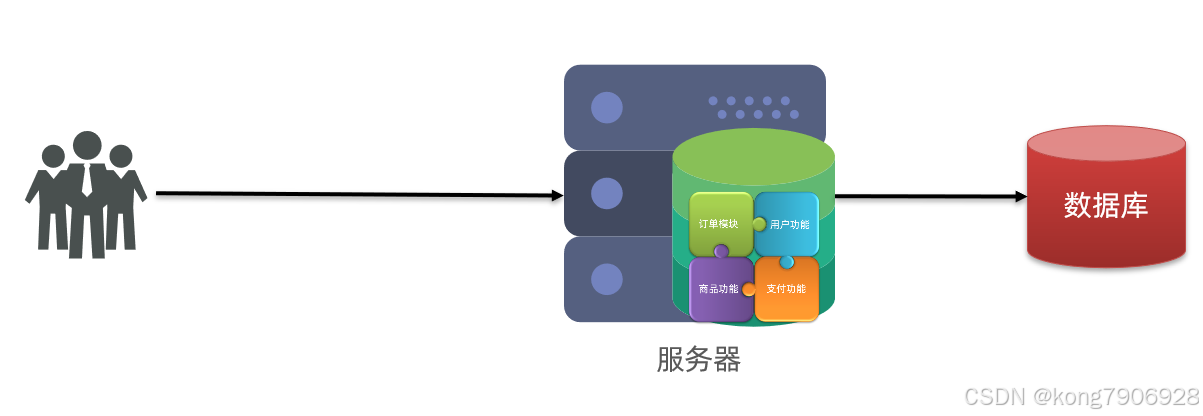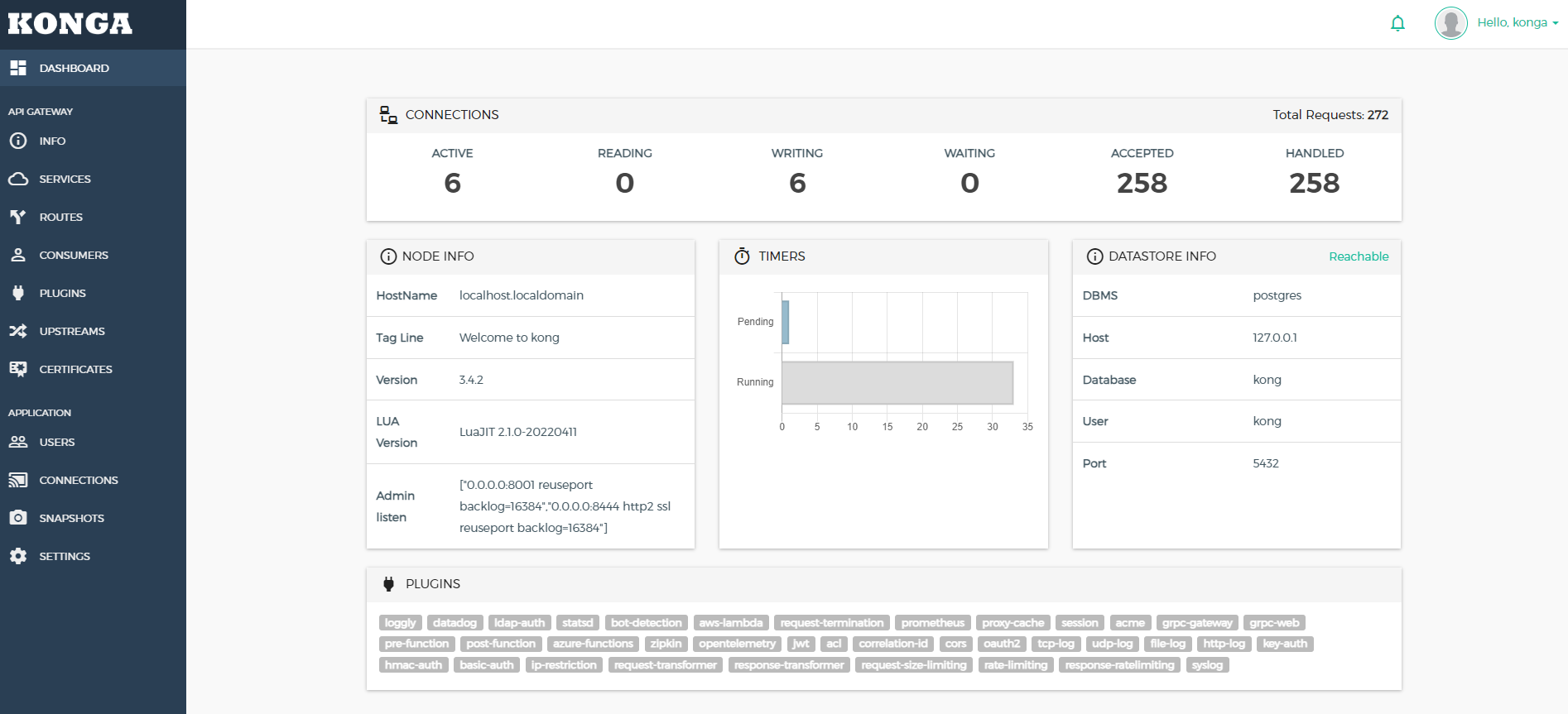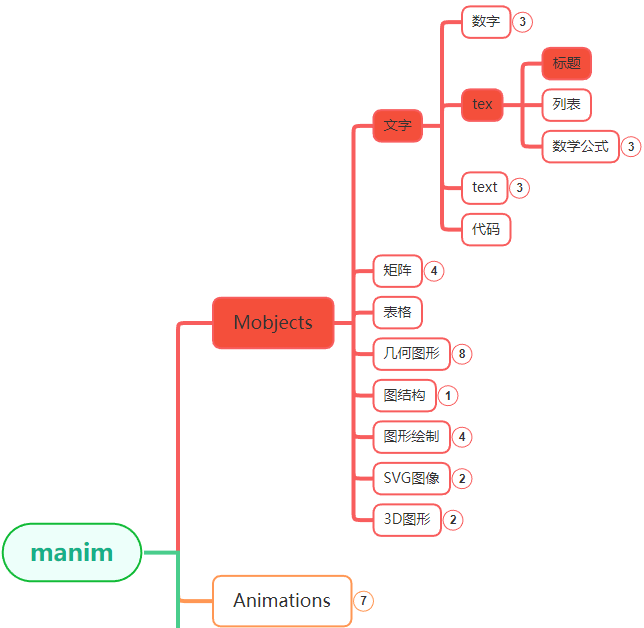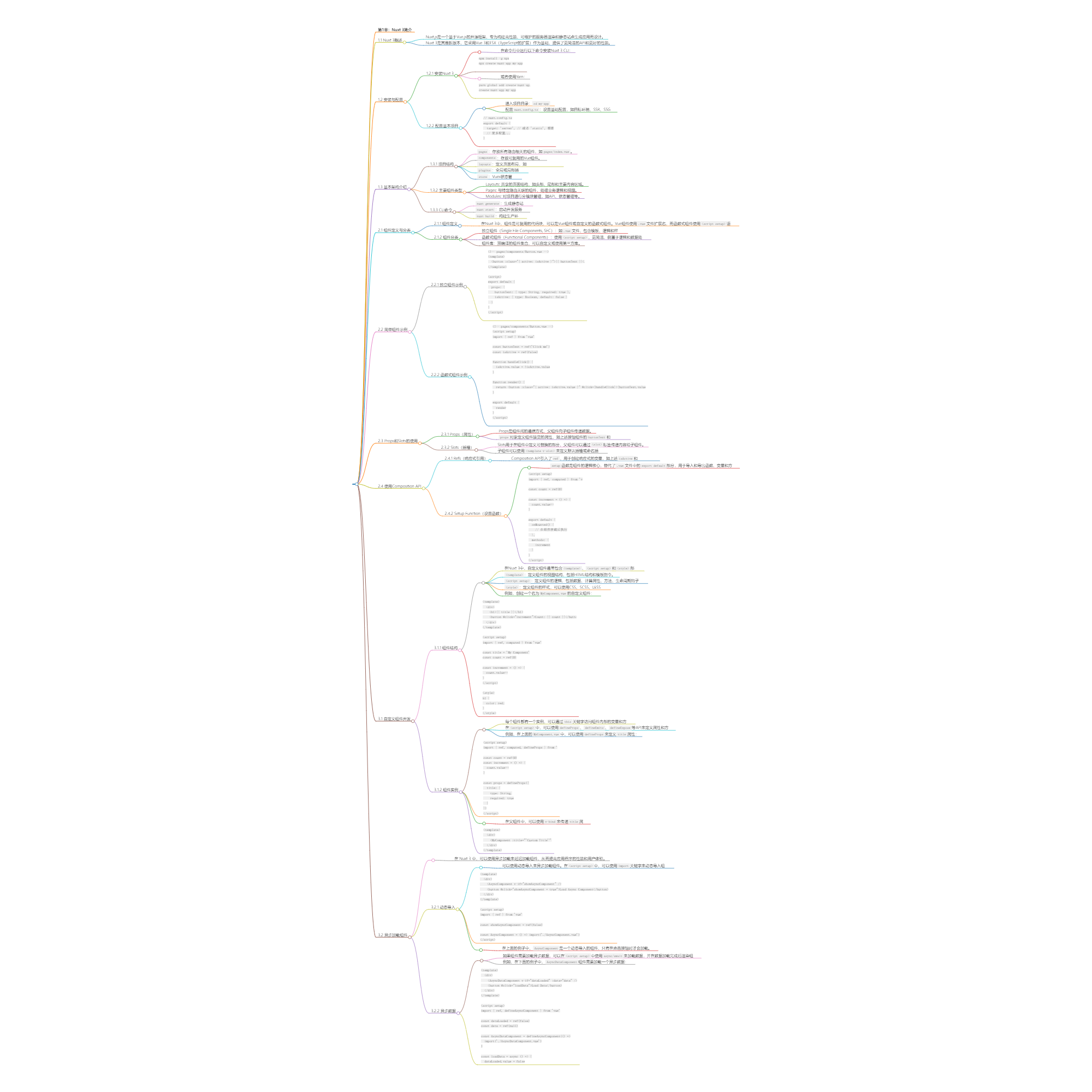使用数据结构Set
我们定义一个Set集合,先去遍历数组nums1, 让其内部所有元素都存储到这个set集合中,然后再去遍历nums2,如果nums2中的元素在set集合中包含了,则说明这是两个数组都有的
import java.util.*;
class Solution {
public int[] intersection(int[] nums1, int[] nums2) {
// if (nums1 == null || nums1.length == 0 || nums2 == null || nums2.length == 0) {
// return new int[0];
// }
Set<Integer> set1 = new HashSet<>();
Set<Integer> resSet = new HashSet<>();
//遍历数组1
for (int i : nums1) {
set1.add(i);
}
//遍历数组2的过程中判断哈希表中是否存在该元素
for (int i : nums2) {
if (set1.contains(i)) {
resSet.add(i);
}
}
//方法1:将结果集合转为数组
return resSet.stream().mapToInt(x -> x).toArray();
}
}
数组法
这道题中有要求,两个数组的长度都控制在了1000以内,我们可以定义一个长度为1001的数组temp,遍历nums1,让其中的元素所对应temp数组下标的位置元素置为1,然后再去遍历nums2,如果nums2中的元素所对应temp中的下标位置的元素已经为1了,说明这是两者共有的元素,加入到一个Set集合中
import java.util.*;
class Solution {
public int[] intersection(int[] nums1, int[] nums2) {
//数组法来写
int[] temp=new int[1001];
Set<Integer> list=new HashSet<>();
for(int i=0;i<nums1.length;i++){
temp[nums1[i]]=1;
}
for(int i=0;i<nums2.length;i++){
if(temp[nums2[i]]==1){
list.add(nums2[i]);
}
}
int[] result=list.stream().mapToInt(Integer::intValue).toArray();
return result;
}
}























